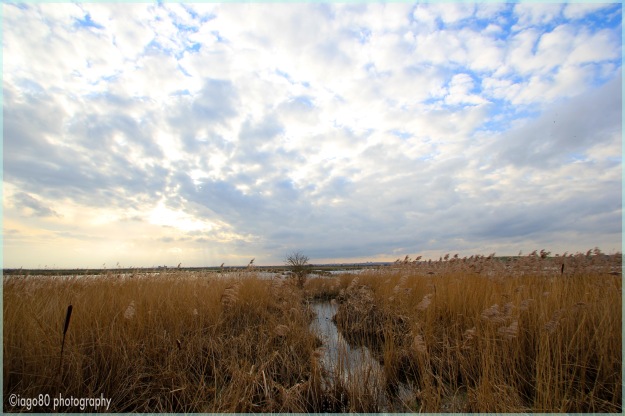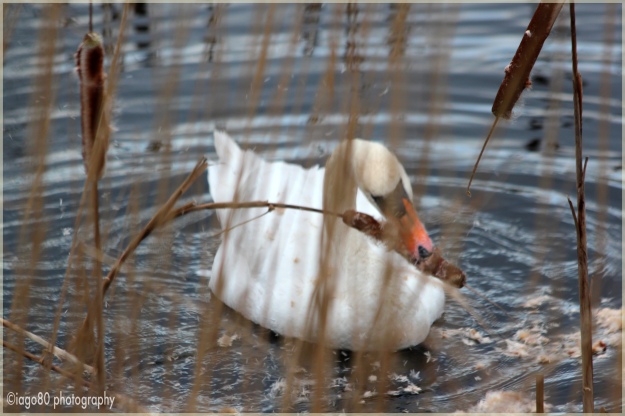The Isle of Sheppey in Kent is not everyone’s choice destination. It has a reputation for being a little rough – so a good friend who was born there tells me – and one in twelve inhabitants on the island is an inmate of one of the three prisons.
But the island does contain the large Elmley Marsh which is a fantastic nature reserve… even in the heavy rain…
A winding road takes you a few miles driving through the marshes where you can spot wildlife from your car window – the closest I have experienced to safari outside of Africa. I got remarkably close to hundreds of Lapwing:
Although, I didn’t get quite as close, it was from my car window that I saw my 50th species of the year:
and the 51st…
Whilst not a new bird for my list this year, I did feel slightly voyeuristic photographing mating Greylags from my car window (the same couple is captured below in several different … er… positions)…
Once out of my car, things were a little less pleasant. The wind made it difficult to walk and the rain drove into me horizontally and stung my face. But I walked for a couple of miles (it felt like twenty) and pulled my camera out from under my coat a few times to capture some truly magical wild moments…
A racing hare sprinting around bemused and occasionally startled sheep:
And then, I saw the 52nd species of bird this year, the amazing and rare Marsh Harrier, a male (one of only about 350 pairs in the country) seen below flying low and pouncing on unseen prey:
I also saw a female harrier being harried by a lapwing…
Whilst the weather was about as inclement as it gets in the UK, the benefit was that I was all alone in hundreds of hectares of wild land. All alone, that is, apart from the wildlife.





















































